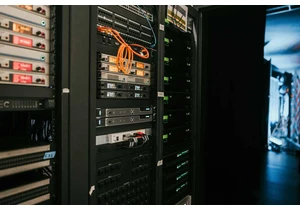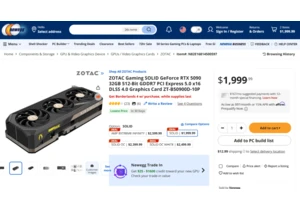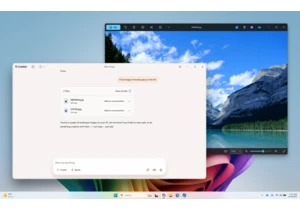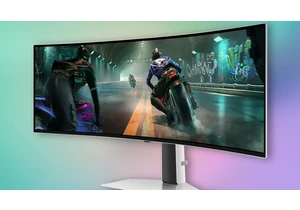We all think of wireless when it comes to smart home and home entertainment—Wi-Fi, Zigbee, Bluetooth, Thread, Z-Wave, and what have you—but a surprising number of smart devices depend on good, old-fashioned wired ethernet for the best performance.
The Philips Hue Bridge? Needs an ethernet cable. Got an Apple TV streaming box? It does Wi-Fi, but ethernet makes it better. That smart hub? An ethernet cable would certainly boost its reliability. Running a PlayStation 5 or Xbox Series X? A respectable K/D ratio demands ethernet.
All those ethernet cables and ports will add up, though, and most Wi-Fi and mesh routers only serve up a handful of ethernet connections—or, most likely, only a single extra port.
That’s why I’ve been investing in ethernet switches, and my favorite—this unmanaged 5-port gigabit ethernet bridge from TP-Link—is just $13, good for a 35% savings. Plenty of other configurations are also available, including an 8-port gigabit switch for $27.99 (30% off), 16 ports for $59.99 (33% off), and even 48 ports for $179.99 (25% off).
I have three of the 5-port TP-Link bridges in my smart home: one sits under my desk, connected to my PC, my Philips Hue Bridge, and my HDHomeRun over-the-air TV tuner. The link port is connected to my mesh Wi-Fi router, and the fifth port is connecting to… yes, another ethernet bridge.
My second bridge lives in a steel cabinet in the corner of the office, and it’s all about the Raspberry Pi’s–four of them, to be exact. Those Raspberry Pi boards run a series of locally hosted applications, including HomeBridge, an app that lets me bring non-HomeKit smart devices into the Apple Home app; Home Assistant, an open-source smart home platform I’ve been tinkering with; and Plex, a self-hosted media server and DVR that works with my HDHomeRun TV tuner. My Raspberry Pi systems will work just fine over Wi-Fi, but a rock-solid ethernet connection makes them far more reliable, especially for streaming media.
Finally, my third TP-Link ethernet switch sits in the living room behind my TV, where it’s connected to my Apple TV 4K, my PlayStation 5, and my Denon AVR-x1600H, ensuring perfectly smooth streaming video, cutting down on gaming latency, and preventing audio dropouts when streaming tunes via AirPlay.
Setting up these TP-Link ethernet bridges is a snap; because they’re unmanaged (meaning they can’t assign IP addresses on their own), it’s really just a matter of connecting the link port to a nearby Wi-Fi router or mesh hub and then plugging in your ethernet devices. You can have multiple ethernet switches downstream, meaning you can daisy-chain them if necessary. An AC adapter with a small wall wart supplies the power.
I’ve been rocking these particular TP-Link switches for years now and have never had any problems; I highly recommend them if you’re running out of ethernet ports in your smart home or home theater setup—the more the merrier.
Snag a TP-Link TL-SG105 5-port gigabit ethernet switch for $12.99Ak chcete pridať komentár, prihláste sa
Ostatné príspevky v tejto skupine

How badly does AI harm the environment? We now have some answers to t

It’s been seven months since Nvidia launched its flagship RTX 5090 ca


Samsung’s monitors tend to come with a bigger price tag than a lot of

Life is noisy and hectic, and sometimes you just want to focus on wha

The most exciting thing about the ROG Xbox Ally handheld, at least fo

As another year of school kicks off, you may be scrambling for a dece
